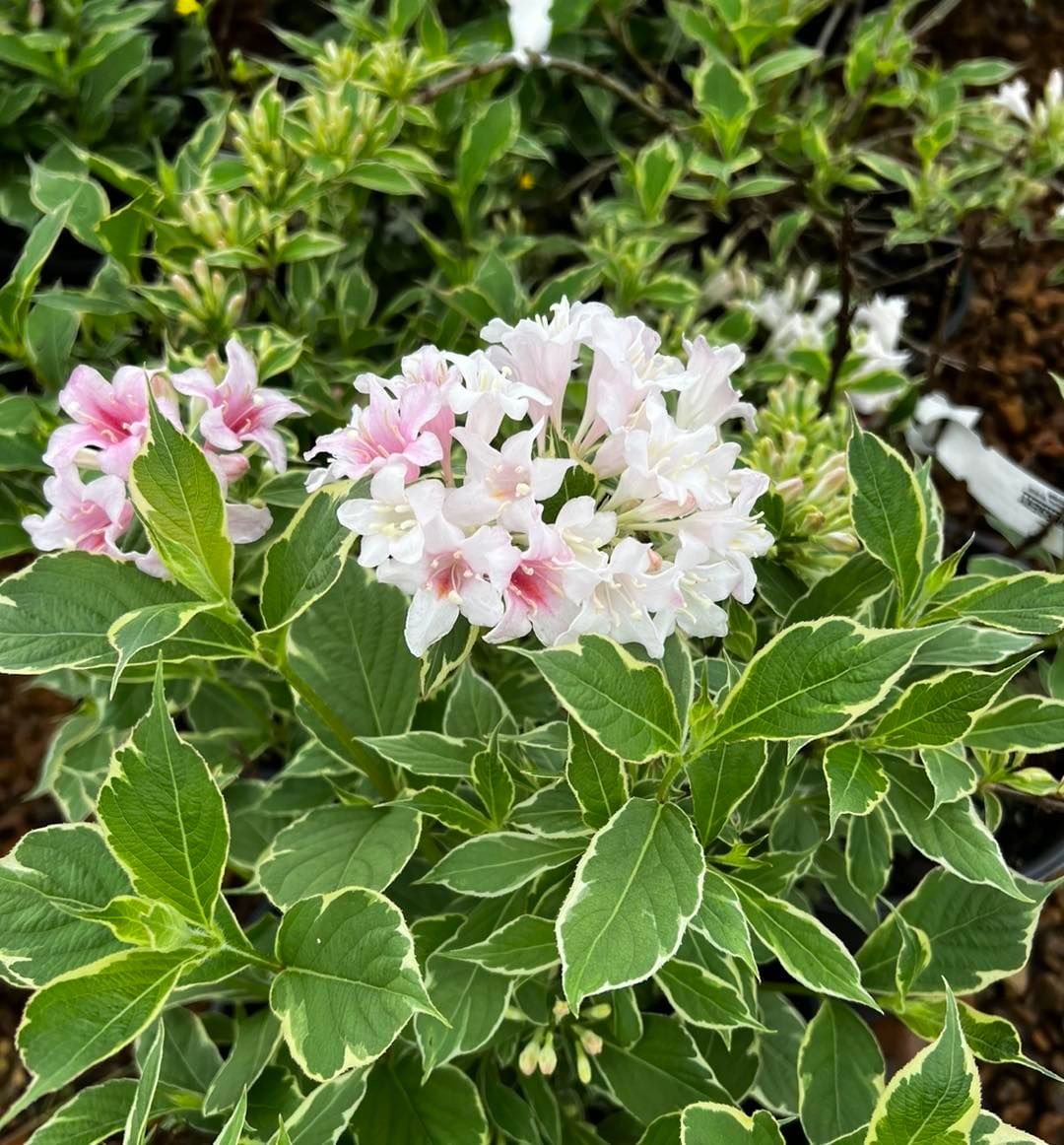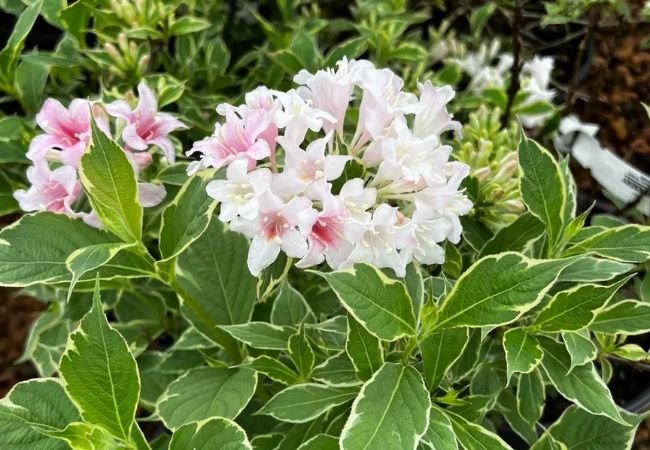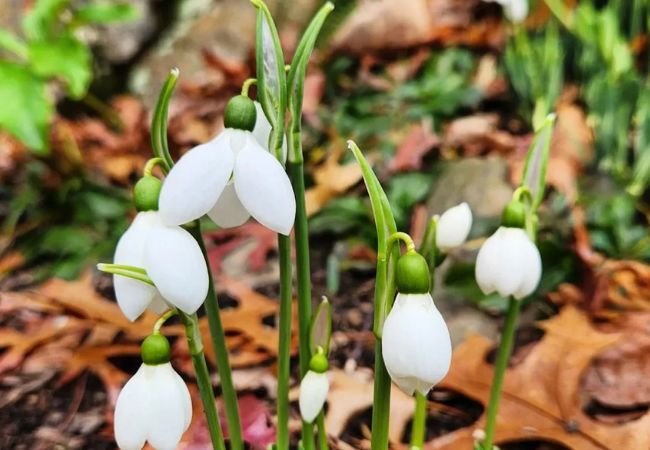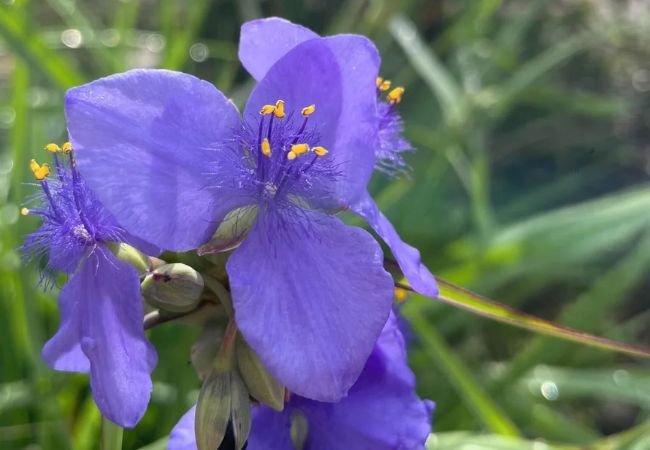Discover the beauty and ease of growing Weigela shrubs. Learn about their varieties, care tips and benefits for your garden in this easy-to-understand guide.
If you’re looking for a beautiful, easy-to-grow Weigela shrub that brings color to your garden, Weigela might be just what you need. These flowering plants are popular among gardeners in the USA for good reasons. Let’s explore what makes Weigela special and how you can grow it in your own yard.
Here’s a detailed chart for Weigela shrubs:
| Category | Information |
|---|---|
| Botanical name | Weigela spp. |
| Common name | Weigela |
| Plant type | Deciduous shrub |
| Hardiness zone | Zones 4-8 |
| Sun exposure | Full sun to part shade |
| Soil type | Well-drained, fertile soil |
| Watering | Regular watering, drought tolerant once established |
| Growth habit | Upright, spreading |
| Height/Spread | 2-10 feet tall, 2-10 feet wide (varies by species) |
| Special features | Tubular flowers in shades of pink, red or white; blooms in spring to early summer; attracts hummingbirds; some cultivars have variegated foliage; low maintenance |
What is Weigela?

Weigela is a flowering shrub that belongs to the honeysuckle family. It’s named after Christian Ehrenfried Weigel, a German scientist. Originally from East Asia, Weigela has become a favorite in American gardens.
How Weigela Looks
- Flowers: Trumpet-shaped, usually pink but can be red, white or yellow
- Leaves: Green, sometimes with variegated colors
- Size: Typically grows 6-10 feet tall and wide
- Blooming time: Late spring to early summer, with some varieties reblooming
Types of Weigela
There are many kinds of Weigela, including:
- Weigela florida: The most common type
- Wine and Roses: Dark purple leaves with pink flowers
- Variegata: Green and white leaves with pink flowers
- Red Prince: Bright red flowers
Why Gardeners Love Weigela
- Easy to grow: Doesn’t need much special care
- Attracts pollinators: Hummingbirds and butterflies love the flowers
- Long-blooming: Provides color for weeks
- Versatile: Can be used as hedges, borders or standalone plants
Growing Weigela in Your Garden
Here’s what you need to know to grow healthy Weigela:
Planting
- When to plant: Spring or fall is best
- Where to plant: Choose a spot with full sun to partial shade
- Soil: Well-draining soil is ideal
Care Tips
- Watering: Water regularly until established, then only during dry spells
- Fertilizing: Use a balanced fertilizer in early spring
- Pruning: Trim right after flowering to shape the plant
Interesting Facts About Weigela
- Deer-resistant: Deer usually don’t eat Weigela
- Low-maintenance: Tolerates various soil types and conditions
- Fast-growing: Can add 1-2 feet of growth per year
Benefits of Weigela in Your Landscape
- Adds color: Brightens up any garden with its vibrant flowers
- Provides shelter: Birds and small animals use it for cover
- Improves air quality: Like all plants, it helps clean the air
- Erosion control: Its roots help hold soil in place
Potential Problems and Solutions
While Weigela is generally easy to care for, it can face some issues:
- Leaf spot: A fungal disease. Remove affected leaves and improve air circulation.
- Winter damage: In colder areas, protect with mulch.
- Poor blooming: Usually due to too much shade or improper pruning.
Using Weigela in Landscaping
Weigela is versatile in garden design:
- As a hedge: Plant several close together
- Border plant: Use along walkways or property lines
- Focal point: Plant a large variety as a standalone feature
Eco-Friendly Aspects of Weigela
- Water-wise: Once established, it doesn’t need much watering
- Supports wildlife: Provides food and shelter for various creatures
- Low chemical needs: Resistant to many pests and diseases
Weigela is a wonderful addition to any garden. Its beautiful flowers, easy care and benefits for wildlife make it a smart choice for both new and experienced gardeners. Whether you’re looking to add color, attract pollinators or simply enjoy a low-maintenance plant, Weigela has a lot to offer. Why not consider adding this delightful shrub to your landscape?
For more information on Weigela and other garden plants, visit the USDA Plants Database or your local Cooperative Extension Service.
For more gardening tips and plant care guides, visit usagardenhub.com.






